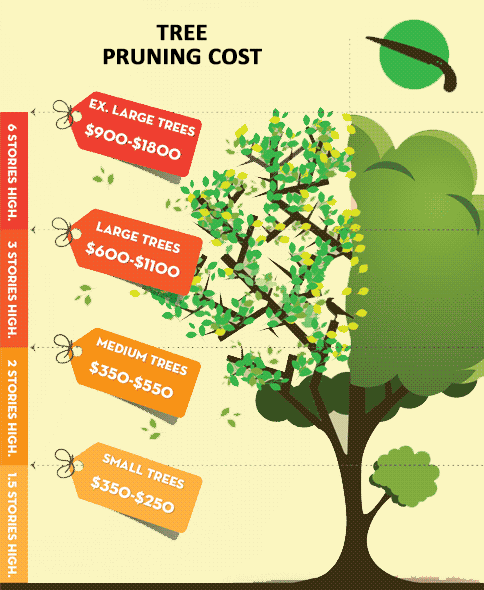Warning Signs For Tree Elimination: How To Discover Hazardous Trees
Warning Signs For Tree Elimination: How To Discover Hazardous Trees
Blog Article
Write-Up By-Winther Connell
When it pertains to tree care, identifying the signs that it's time for elimination is important for your safety and building. You might see stained leaves, wilting branches, or strange fungal growths indicating health issue. Architectural concerns, like a significant lean or cracks in the trunk, can likewise present threats. Understanding these warning signs can help you make notified decisions concerning your trees and avoid potential threats lurking in your yard. What should you search for following?
Indications of Decay and Disease
When you see signs of degeneration and disease in your trees, it's critical to act promptly. Look for tarnished leaves, wilting branches, or uncommon developments like fungus. These can suggest that your tree is battling.
If you see fractures in the bark or soft, mushy wood, these signs suggest internal decay. In addition, a sudden rise in pests around your tree can indicate that it's compromised and vulnerable.
Look for any dead or dying arm or legs, as they posture a danger to your residential or commercial property and safety and security. If you're uncertain about what you see, seeking advice from an arborist can provide clarity.
Resolving these signs early can conserve you from extra extensive damages and ensure the health of your lawn. Do not wait up until it's too late.
Structural Instability and Leaning
As you observe your trees, watch out for any signs of architectural instability or leaning. If a tree leans significantly, it may show that the root system is jeopardized.
Search for any splits in the trunk or soil around the base; these can indicate possible failure. Furthermore, https://removingsmallstumps73849.spintheblog.com/35685029/complete-guidebook-on-tree-stump-elimination-approaches-and-suggestions-for-a-neat-atmosphere for uncommon development patterns, like an uneven crown, which may recommend that the tree is struggling to hold itself upright.
If you notice that the tree favors your home, high-voltage line, or other frameworks, it poses a better threat. Do not overlook these signs-- speak with an arborist to evaluate the situation.
Acting early can protect against costly damages and guarantee your safety.
Dead or Dying Branches and Foliage
If you see dead or dying branches and foliage on your tree, it's a clear indicator that something's wrong.
These unhealthy locations can indicate underlying concerns like disease, insect invasions, or environmental anxiety. When branches lose their fallen leaves or transform brown, they're no longer contributing to the tree's health and wellness. Ignoring these indications can result in more decline, making your tree much more unsafe.
Dead branches can quickly break short during storms, presenting a danger to home and people nearby. It's crucial to assess the degree of the damage.
If the trouble impacts a significant part of the tree, take into consideration speaking with a professional. They can assist establish if elimination is necessary to make sure safety and keep the appeal of your landscape.
Final thought
If you notice any type of indicators of degeneration, architectural instability, or dead branches on your trees, don't overlook them. These indications can pose significant security risks to you and your building. It's always best to consult a professional arborist who can provide a professional analysis of your trees. Taking action early can avoid crashes and costly damages, guaranteeing your landscape continues to be risk-free and healthy and balanced. Keep in https://clarksvillenow.com/local/allergist-offer-tips-for-sinus-allergy-sufferers-during-high-pollen-season/ , it's better to be aggressive concerning tree care than to wait on a calamity to take place.
